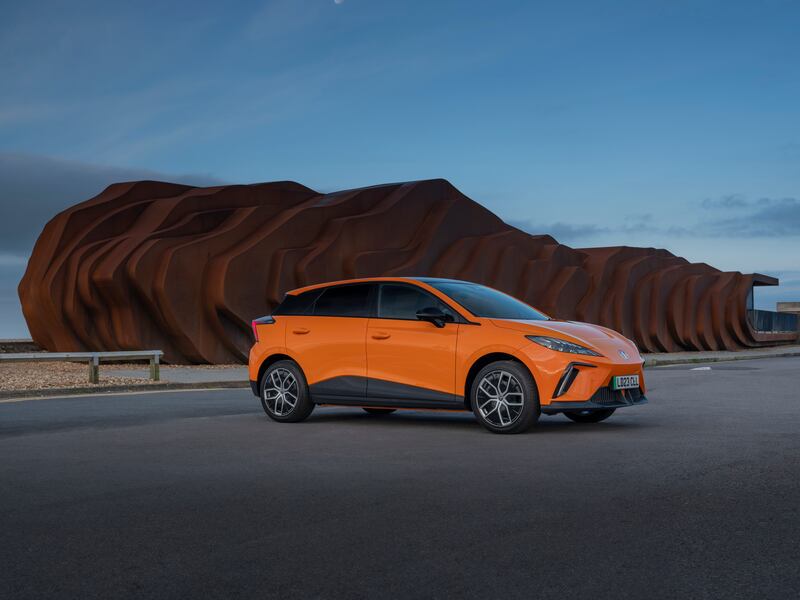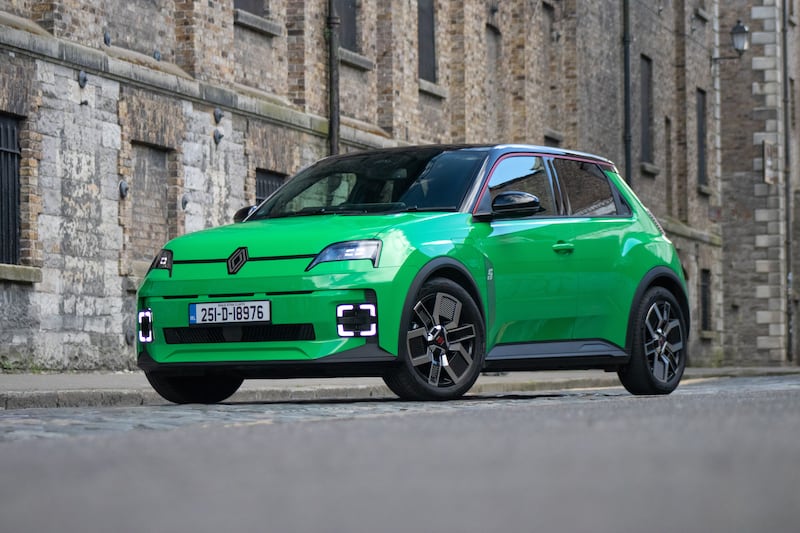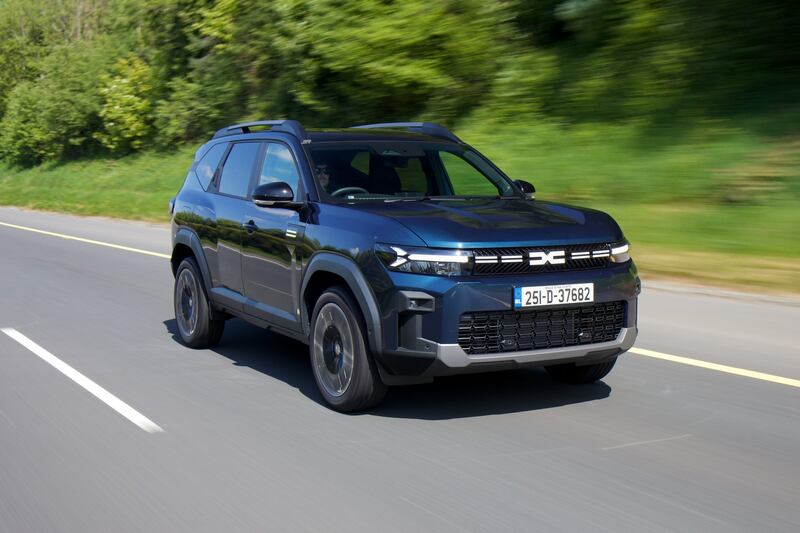If your personal car is, after your house, the most expensive thing you will buy then you can easily imagine what a significant cost a company car or even a small fleet of cars is to a small-to-medium enterprise (SME).
Cars aren’t, nor really ever have been, cheap and with the list prices of new cars ballooning, what’s the best solution to a small company’s needs? Leasing? Leasing with a full-service option where all the ancillary costs are covered? Or just buying a car outright and figuring out the costs of servicing and depreciation after?
The choice is far from clear-cut, and that’s before we get on to the vexed subject of which individual car to go for (we’ll deal with that specific choice further down).
With new car prices on a seemingly constant rise – the average European transaction price paid for a mid-market family SUV has risen from €29,000 just five years ago to €38,000 now – it would seem that you’d be mad to just pay up front for a company car, but it’s not necessarily the case, although it helps if you’re buying electric.
READ MORE
The advice from the tax experts at Grant Thornton is: “The cost of a purchased vehicle is not deductible immediately but is written off over time through capital allowances. Owners of electric vehicles can claim capital allowances over eight years or claim the full amount, both subject to a maximum cost of €24,000, in year one under accelerated allowances for energy-efficient equipment and it’s worth remembering that business related running costs – fuel, tax, insurance, servicing etc are tax deductible.”
There are some other potential advantages to the buying up front idea, which is that you might be able to argue a heftier discount on the price if you’re paying cash. In any case, for many businesses and business directors, especially those who, through no fault of their own, had to declare bankruptcy during the Covid-19 pandemic, buying up front might be the only viable solution once credit checks come into the equation.
However, there is a lot of legwork involved in this – quite apart from picking and choosing the right car or cars, you’ll also then have to stay on top of tax and insurance costs and servicing. Shopping around for servicing and insurance can pay off, but it’s a bit of a pain and a drain on personal and professional resources.
Little wonder, then, that most businesses will look at the leasing route. “We work with many SMEs, many of whom choose leasing instead of purchasing their own vehicles. The feedback from most of these businesses is that they would prefer to spend the time it takes to organise and manage their own fleet of vehicles and their drivers on focusing on their core business,” Catherine Guy of leasing service Nifti Business told Business Ireland. “Outsourcing the procurement and management of a fleet gives businesses back more time to focus on their core business.”

Not only that, but according to Guy – who in fairness is hardly going to talk down the leasing option – there are other benefits: “Lease payments are typically less than repayments on vehicle loans because the monthly payment is tied to the vehicle depreciation for the lease period and not the entire purchase cost of the vehicle” while “leasing vehicles means that your business does not have to absorb depreciation costs. This allows a business to seamlessly move to a new lease without the worry of disposing of a vehicle in what may be a fluctuating market, mitigating financial risk.”
Working with a professional leasing operator can also mean outsourcing the donkey work of running and looking after the vehicle fleet, while a full-service lease, which means all of your costs from servicing, including wear-and-tear items such as tyres, are bundled into one payment. Just remember that you might still be able to find a better overall deal by individually shopping around for those costs.
It’s not all rosy, though. For a start, it means that while you’re not worrying about depreciation or servicing, you also don’t own an asset. There may also be mileage restrictions and strict conditions on the car’s upkeep, which can lead to unexpected extra costs at the end of a lease. You might also be limited in terms of what modifications you can make to a given vehicle, from colour schemes to specialist equipment.
There is a tax benefit to leasing, though. According to Grant Thornton: “Lease payments are generally deductible in full as a trading expense, provided the vehicle is used for business purposes. This deduction can be limited for higher emissions cars and vehicles with a retail price in excess of €24,000, but it provides a more immediate deduction compared to capital allowances on a purchase.”
There is one potential ace card for leasing, though, and it’s not the one you might expect. We’re in a transition to electric power for cars (and vans) right now, and the technology is rolling ahead fast. Buy a new EV and you might find that in a couple of years, the tech has moved on and your car has been left behind, to the detriment of both its performance, and it’s used value. According to Catherine Guy: “One of the key levers available to businesses when it comes to improving their carbon footprint is transitioning to an electric fleet. Leasing allows businesses to make the change easily and on flexible terms and helps to mitigate risks and concerns about market volatility on second-hand values.”
So, leasing is the right option? It’s certainly a good one, but as ever with such business decisions, look long and hard at your own circumstances and needs before making any final decisions.

However, when it comes to the cars, there are some clear winners and almost all of them are electric. The new Renault 5 E-Tech, a fully electric car with a gorgeous 1980s throwback design, surely has to be almost the perfect SME electric car choice. It’s small and affordable (if you’re buying, then that €24,000 maximum claim almost covers the entire cost of the basic version, bar €1,995). It’s stylish enough to impress clients, frugal with its energy so it won’t cost a bomb to keep charged, and if you fold down the back seat, then it’s useful enough to haul around whatever cargo you need.
It’s worth looking at the Hyundai Inster too. Even more affordable than the Renault, with prices starting from €19,345, the Inster doesn’t have the biggest range – up to 360km for the big-battery version – but it looks cool and has a very versatile cabin. It was also the biggest-selling EV in Ireland in May, so it’s striking a chord with Irish buyers.
If you want something a little bigger and a little longer ranged, check out the MG 4 EV. While this popular Chinese-made electric hatchback (ignore the British heritage of the badge, MG is entirely a Chinese brand now) is due for an update soon, the current model remains well-priced, with the basic 310km range version starting at €26,995 in a July 2025 special offer. There’s also a longer-range version, capable of up to 450km, available, and it’s a sharp car to drive.

Don’t fancy a fully electric? You’ll be costing yourself some benefit-in-kind charges, but if you still crave petrol power, consider the new Dacia Bigster SUV. Prices start from just under €30,000 – significantly cheaper than any other similarly sized car – and yet it drives like a proper, sophisticated machine with acres of space inside, and the option of frugal hybrid power under the bonnet. Definitely one for the sensible business owner.
















